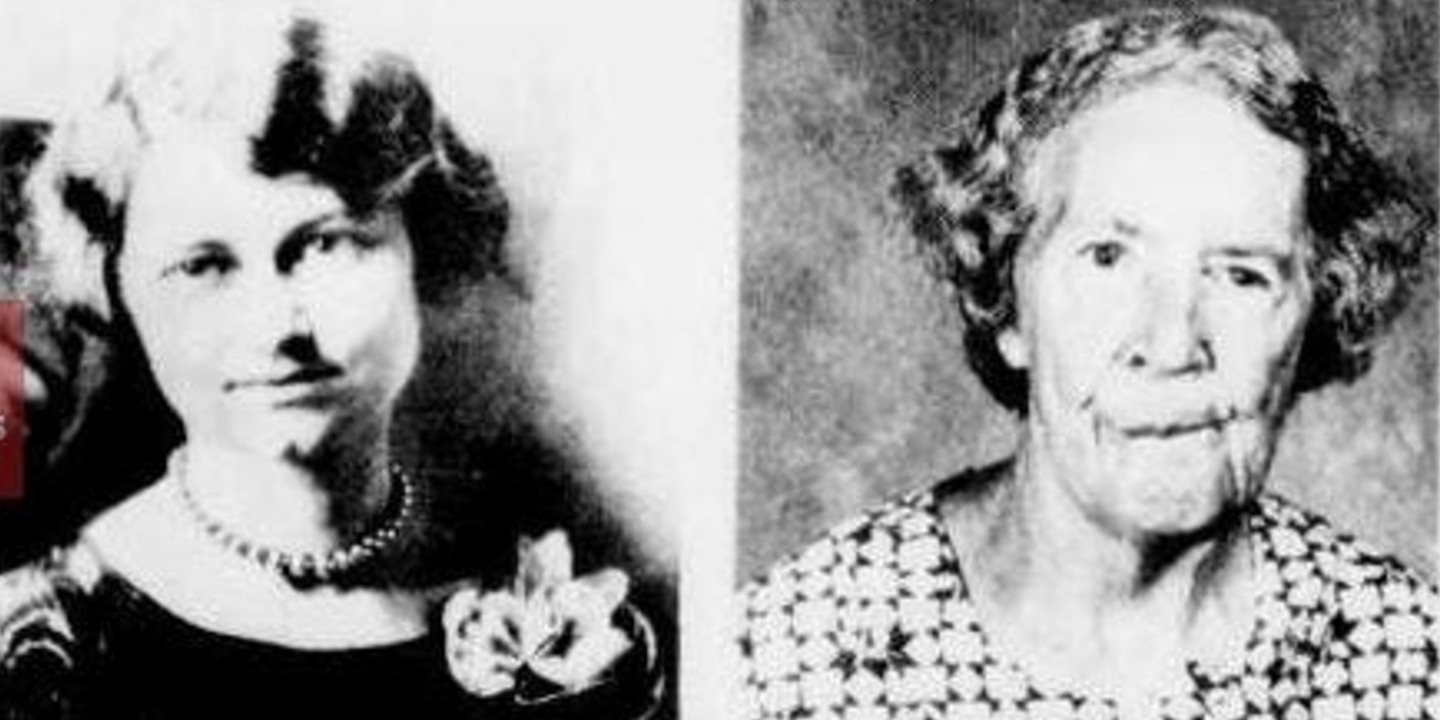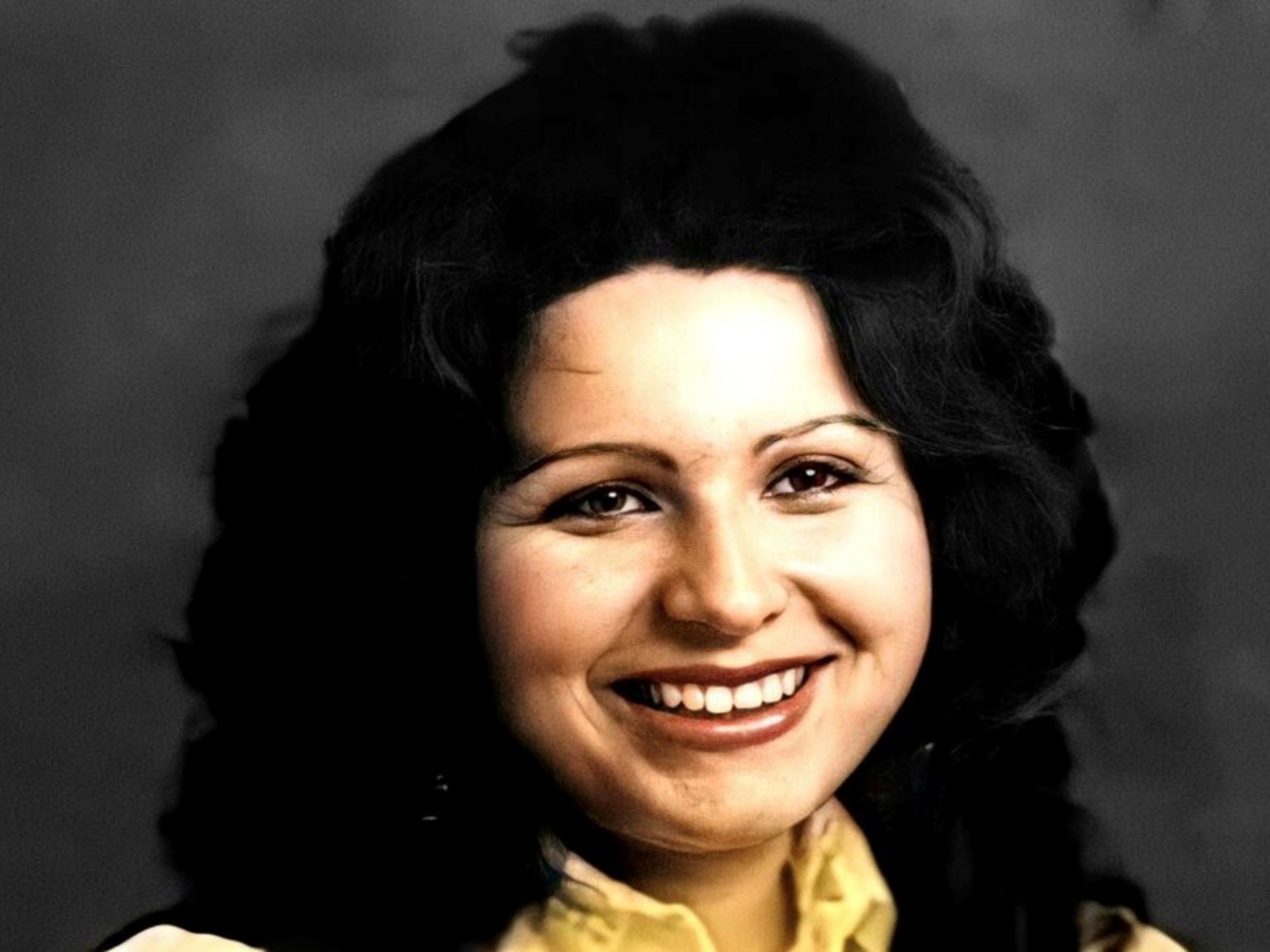The World's Most Unusual Currencies
Across time, money has taken forms that stretched far beyond coins and paper. They have been shaped by culture and circumstance. Back then, civilizations found ingenious ways to assign worth, often in forms that seem astonishing today. Some held ceremonial importance, while others represented authority or skill. Explore this collection of 20 bizarre currencies we’ve compiled and see how history once measured wealth in odd but creative ways.
1. Yapese Stone Money
On Yap Island, people used giant limestone discs—some as wide as 3.6 m—as money. They didn’t move the stones around. Instead, ownership was agreed upon by the community. Even sunken stones still counted, and transporting one marked an important ceremonial event.
2. Salt Bars
Salt was serious business in Ethiopia. These chunky bars, called amole, doubled as money and seasoning. Traders hauled stacks of them across scorching desert routes. People used them to buy goods or settle debts well into the 1900s.
3. Manillas
They looked like bracelets but worked like coins. Across West Africa, manillas made of copper or bronze were used in markets and major trade deals. They even played a part in the Atlantic slave trade. Centuries later, despite colonial buy-back efforts, archaeologists are still digging up these once-valuable pieces.
4. Bottle Caps
In mid-20th-century West Africa, a shortage of coins saw soft drink and beer bottle caps used as money. Their worth depended on brand popularity, with certain labels fetching more. These makeshift currencies remained in use until official coin supplies returned to the region.
 Joe Parks from Berkeley, CA on Wikimedia
Joe Parks from Berkeley, CA on Wikimedia
5. Tally Sticks
Forget spreadsheets—medieval England’s quirky cash system used split wood with matching notches to track debts. They were tamper-proof, tradable, and tax-friendly. The sticks stuck around for centuries, but in 1834, burning old sticks sparked the fire that destroyed Parliament.
6. Wampum Beads
Crafted from white and purple shells, wampum were used by Indigenous Northeastern peoples in ceremonies and record-keeping. Colonists in the 1600s even accepted it as legal tender. The rarity, especially of the purple quahog beads, made each strand a little treasure.
7. Kissi Pennies
Kissi pennies were iron rods used as currency in Sierra Leone, Liberia, and Guinea, from around 1880 into the mid-20th century. Forged by blacksmiths, they held economic, ritual, and symbolic value—even believed to channel spirits of the dead.
 Unknown authorUnknown author on Wikimedia
Unknown authorUnknown author on Wikimedia
8. Dog Teeth
In the Solomon Islands, someone could really offer you dog teeth as payment. They were strung together and used in bride price negotiations and trades. Along with being used as money, they also doubled as wearable displays of wealth.
 Vassia Atanassova - Spiritia on Wikimedia
Vassia Atanassova - Spiritia on Wikimedia
9. Parmesan Cheese Wheels
Large Parmesan cheese wheels acted as both edible currency and collateral in Medieval Italy. The long aging process and costly preparation made these cheese wheels valuable trade commodities that could be divided as needed for payments.
10. Bronze Knife And Spade
Long before round coins appeared, ancient China used bronze knives and spades as currency. Each one got stamped with unique inscriptions. This rare form of money still appears in archaeological discoveries today.
 Photographer:Dr. Meierhofer on Wikimedia
Photographer:Dr. Meierhofer on Wikimedia
11. Tea Bricks
In parts of China and Central Asia, tea could pay your bills. Traders used blocks of compressed tea leaves as currency. If things got tough, you could break a piece off and drink it. Bricks came stamped to stop fakes, and some were even reinforced for travel.
12. Tevau Feather Coils
Tevau were long, woven coils covered in hundreds of red honeyeater feathers, valued as prestige currency in the Santa Cruz Islands. Chiefs safeguarded them and displayed them during rituals, while specialized guilds followed strict traditions to craft each coil for major exchanges and status recognition.
13. Copper Plates
Copper plates weighing up to forty-four pounds served as money in 17th-century Sweden. Official stamps ensured their value, but their hefty size made them hard to carry. This is one of the challenges that led to the introduction of paper notes. Today, the largest plates are prized treasures for collectors.
14. Tin Money With Animal Shapes
It was a tin-based currency used in the Malay Peninsula from the 15th to 18th centuries, especially in Perak, Selangor, and Negeri Sembilan. Shaped like animals—crocodiles, elephants, fish, and chickens—it spoke of local beliefs and served as royal court currency.
15. Arrow Coins
In ancient Korea, coins were cast in the shape of arrows, spanning over ten centimeters in total length. Uniquely designed to function as both currency and potential weapons, the arrow coins were a practical, multi-use innovation.
16. Squirrel Pelts
Red squirrel pelts formed a key currency unit in medieval Russia and Finland until hunting became time-consuming. Even parts like paws and snouts were used as coins for small change. Fun Fact: The Finnish word for money, "raha," originally meant fur.
 Mickey Bohnacker, Presse-Fotograf, Frankfurt/Main on Wikimedia
Mickey Bohnacker, Presse-Fotograf, Frankfurt/Main on Wikimedia
17. Whale Teeth
Fiji's most respected currency wasn't metal or paper—it was polished whale teeth. The items were exchanged during weddings, apologies, and major events. To make it shine, coconut oil was used, and when local supply ran low, the teeth were imported.
18. Tambu Shell
At one point, shell coils were serious currency. Used in East New Britain, Papua New Guinea, they played a major role in ceremonies like marriages and funerals. Their value came from length, and their making followed strict traditions. It was closely guarded by trusted community custodians.
 Queensland Museum on Wikimedia
Queensland Museum on Wikimedia
19. Porcelain Notgeld
Currency took a creative turn in 1920s Germany when local towns issued porcelain coins. This happened during a financial crisis, and companies like Meissen helped produce these colorful and often decorative pieces. Though they were fragile, they’re now valued as collectible examples of emergency-era money.
20. Katanga Copper Crosses
In Central Africa, copper was shaped into large X-shaped crosses that held real buying power. All of these pieces were valuable in trade and often given as bride price. Their worth depended on weight and purity, and when needed, they could be melted down into tools.
KEEP ON READING

The 10 Youngest Monarchs In History & The 10 Oldest
Age Is Just A Number. Imagine being crowned king or…
By Chase Wexler Mar 11, 2025
Written By The Victors: 20 Names History Books Tried To…
History’s Forgotten Figures. It is said that history is written…
By Farva Ivkovic Jun 23, 2025
Writing On The Wall: 20 Fascinating Hieroglyphics Throughout History
A Language Carved To Last. Hieroglyphics are unique, ancient writings.…
By Chase Wexler May 29, 2025
Women At War: 20 Fierce, Fearless, & Famous Female Fighters
How Many Of These Women Warriors Do You Know?. History…
By Emilie Richardson-Dupuis Aug 14, 2025
The Woman Without A Name
Mary Doefour was the woman without a name. In 1978,…
By Robbie Woods Dec 3, 2024
The Woman With Toxic Blood
One night in 1994, Gloria Ramirez reported to the ER.…
By Robbie Woods Jan 6, 2025















